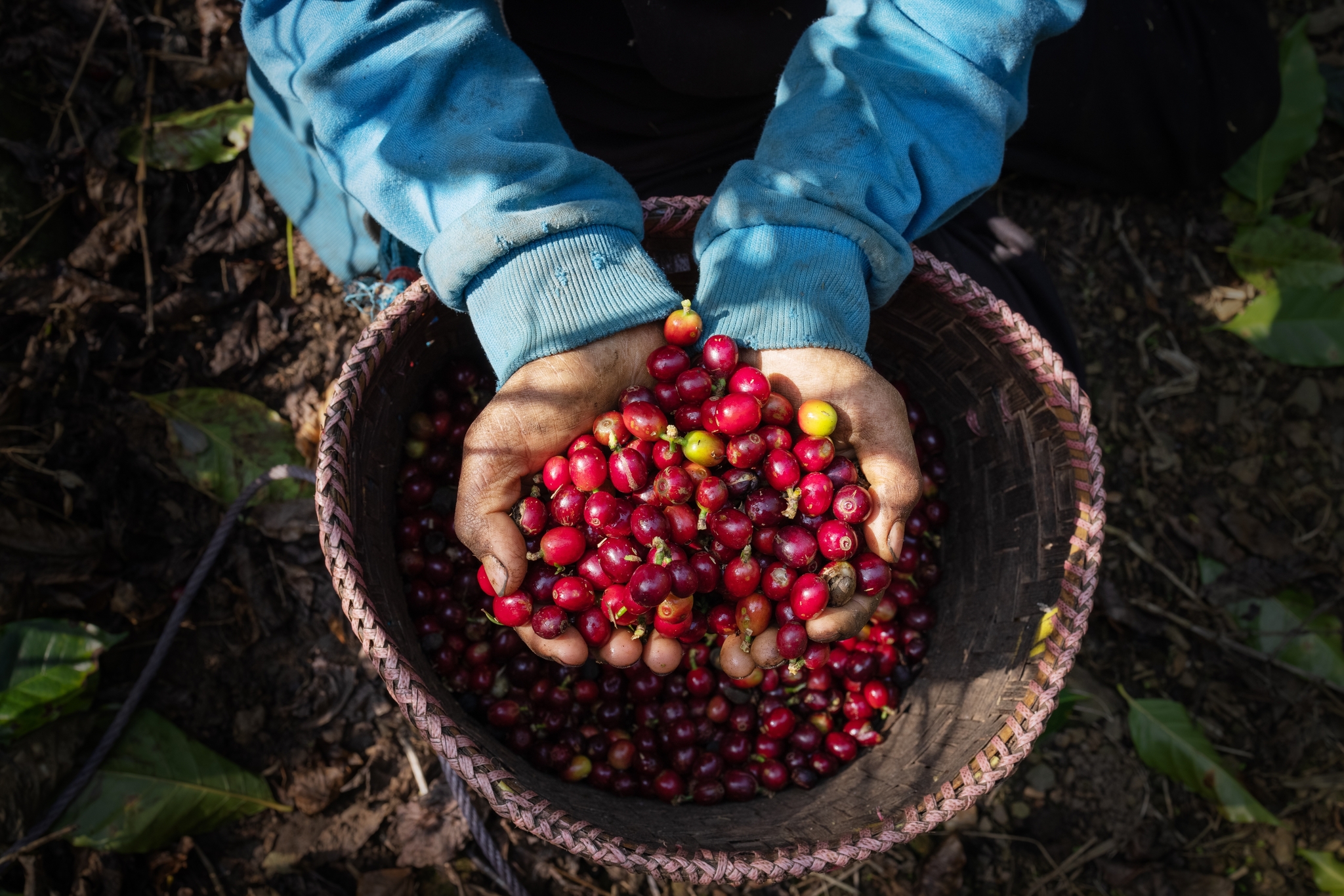Insights
Understanding Coffee as a Commodity: Types, Markets & Risks
Dresyamaya Fiona
•
2 minutes
read
•
Aug 4, 2025
Coffee commodity is one of the most widely traded agricultural commodities in the world.

What is Coffee Commodity?
Coffee commodity is one of the most widely traded agricultural commodities in the world. As a commodity, it refers to raw or unprocessed coffee that is bought and sold primarily through futures contracts on global exchanges, such as the Intercontinental Exchange (ICE) or the New York Mercantile Exchange (NYMEX).
It represents one of the most significant agricultural commodities globally, playing a critical role in international trade and investment activities. Coffee as a commodity is classified under "soft commodities" , a category that includes other grown products such as cocoa, cotton, and sugar.
Types of Coffee Traded as Commodities
Arabica (Coffee Arabica)
- Higher quality and smoother taste.
- Grown at higher altitudes, mainly in Latin America.
- Trades on Intercontinental Exchange (ICE).
Robusta (Coffea Canephora)
- Stronger and more bitter, higher caffeine content.
- Grown primarily in Africa and Asia.
- Trades on LIFFE (London International Financial Futures Exchange). LIFFE is now part of ICE Futures Europe.
Why Coffee is Considered a Commodity
- Standardization: Coffee is graded and categorized to meet exchange requirements for futures trading.
- Global Demand: With over 2 billion cups consumed daily, the market is stable and significant on a global scale.
- Price Volatility: Influenced by weather, supply chain disruptions, geopolitical policies, and currency fluctuations.
- Investment Use: Coffee futures are often commonly referenced by market participants for price risk management or exposure to commodity markets.
Risks in Coffee Commodity Trading
While coffee commodities offer opportunities for diversification and global exposure, they also come with several inherent risks. These factors can impact pricing, liquidity, and market behavior, necessitating that both producers and traders adopt robust risk management practices.
1. Price Volatility Risk
Coffee prices are susceptible to shifts in global supply and demand. Adverse weather conditions (such as droughts, frosts, or hurricanes), labour disruptions, or political instability in producing countries can significantly impact output. These factors can cause sharp price swings in short periods, affecting both producers’ revenues and traders’ positions.
2. Currency Risk
Since coffee is traded globally and priced in USD, fluctuations in local currencies of major producing nations (e.g., Brazil, Colombia, Vietnam) can impact export values. A weaker local currency may boost exports but can also increase the cost of imported farming inputs, creating cost pressures for producers.
3. Geopolitical and Regulatory Risk
Trade policies, tariffs, or export restrictions can alter the flow of coffee across borders. For instance, import tariffs imposed by large consumer markets can significantly influence global pricing dynamics and the profitability of supply chains. Regulatory shifts on pesticide use, environmental standards, or labour laws may also affect production costs and market access.
Factors Influencing Coffee Prices
A range of supply-and-demand variables influences coffee prices:
- Weather conditions: Droughts, frosts, or excessive rainfall can impact yields.
- Geopolitical events: Trade tariffs and regulations affect supply chains
- Currency fluctuations: Depreciation of a producing country's currency can make its exports more competitive, influencing global coffee prices.
- Consumer trends: The rising demand for specialty and sustainable coffee is shaping global pricing.
Volatility in these areas makes coffee pricing dynamic and complex, necessitating risk management strategies.
Conclusion
The coffee commodity stands as a vital pillar in the global economy, influencing both the livelihoods of millions of producers and the portfolios of international investors. As one of the most actively traded agricultural commodities, coffee offers unique insights into how climate patterns, trade dynamics, and currency movements impact supply chains and pricing on a global scale.
For market participants, including producers, exporters, and institutional investors, understanding the mechanisms of coffee futures trading is crucial for comprehending market risks and assessing price-influencing factors. Coffee’s role in the commodity market exemplifies how physical goods, financial instruments, and global economics are deeply interconnected.
While the market offers diversification potential, it also demands careful attention to volatility, leverage, and geopolitical developments. Therefore, educational awareness and sound risk management remain crucial for any party engaging with the coffee trade or its financial instruments.
Whether you’re exploring commodities for portfolio diversification or simply curious about the forces behind your daily cup of coffee, the coffee commodity reflects the broader complexities of global trade and investment in today’s interconnected world.





